
A
rchaeologists and anthropologists generally agree that the world’s great civilisations originated from small villages with minimalist lifestyles.
This is especially true in Iran, where today’s villages are excellent examples of what people were capable of creating centuries ago. Many of the country’s villages have a history that goes back hundreds of years, though in some it seems as if time has stood still.
Nowadays, these villages offer us a glimpse into the knowledge, culture, art and architecture of civilisations from a bygone era. They provide the opportunity to experience authentic culture, customs, lifestyles and even traditional clothing and local cuisine.
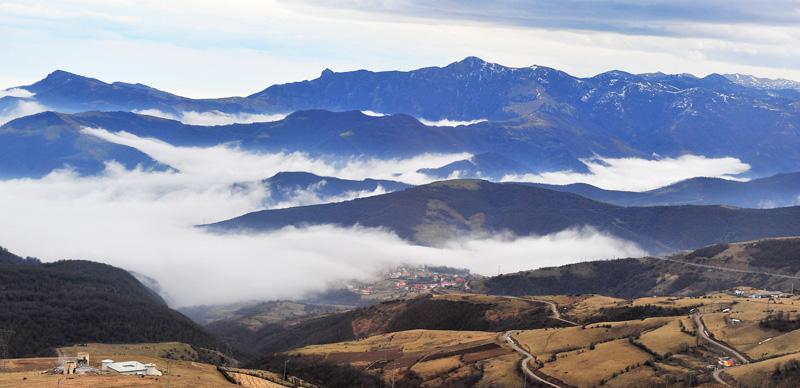
While some of them have preserved their traditions, others have evolved over the years and adopted a more modern lifestyle. Nevertheless, they are all good choices for visitors who want to explore the remnants of the past and enjoy the tranquillity that a small village offers.
Unique and picturesque villages are scattered throughout Iran and many are an easy day trip from towns that offer accommodation and public transportation.
Some villages have small guesthouses and homestays which are perfect for a weekend getaway or a longer stay.
At the heart of Persian and Iranian civilisations lie its humble villages. Step back into some remote settlements where time has stood still.
Whichever village you visit, you will most likely find a perfect blend of natural beauty, architectural wonders and hospitality.
Iranian villages are known for their warm and welcoming people, without the hustle and bustle that is so common in the cities.
We explore five of Iran’s most interesting villages, starting in the cone cave village of Kandovan south of Tabriz near the border with Turkey. From here we travel along the southern coast of the Caspian Sea and into the mountains to the terraced village of Masouleh, where the roofs of the houses are the walkways and courtyards of those directly above. We continue south-east, past the capital city of Tehran to the red-hued cascading village of Abyaneh on the edge of the desert. From here our route takes us into the desert to the authentic oasis village of Garmeh, where camels are the guardians of our cosy guesthouse. We end our journey further south in the partially abandoned village of Kharanaq, where a tottering minaret and ancient aqueduct are among the main attractions.
There are many other interesting settlements to explore in Iran, including stepped villages like Uraman Takht and Palangan; as well as Makhunik, built without courtyards or windows; Mazichal, known for its views over a “sea of clouds”; and Meymand, where houses were built into the rocks without bricks or mortar.
Kandovan Village – East Azerbaijan Province
The troglodytic village of Kandovan resembles Cappadocia in Turkey, except that Kandovan is far less touristy. Over the centuries, the cone-shaped dwellings have been carved and expanded into the volcanic rock, originally formed by the eruption of the now-dormant Mount Sahand. A visit to Kandovan is a must to get a glimpse into the homes of these modern-day cave dwellers and learn about their way of life.
Kandovan is located on the slopes of the Sahand Mountains in the province of East Azerbaijan, in north-western Iran near the border with Azerbaijan, Armenia, and Turkey.
While some archaeologists believe that there were human settlements here over 3,000 years ago, the troglodytic dwellings of Kandovan date mainly from the 13th century.
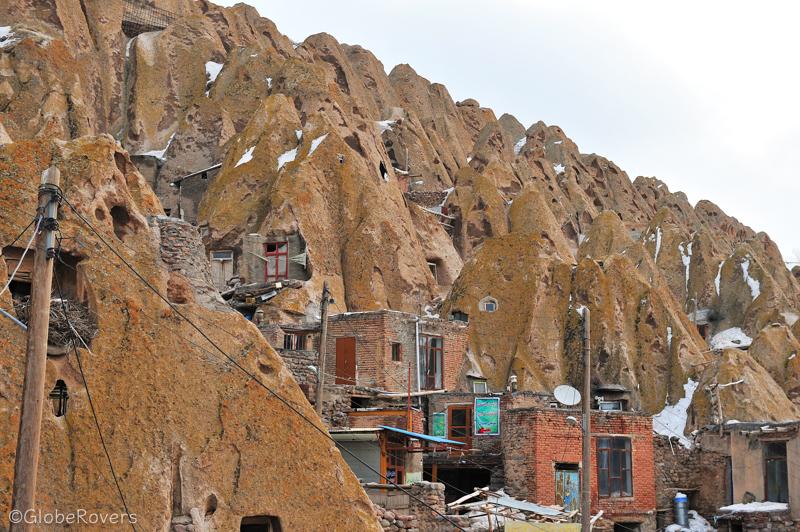
The early inhabitants lived in a village called Hilevar, located about two kilometres (1.2 mi) from present-day Kandovan. They moved here to escape the Mongol invaders and began to expand the natural caves, called karaans, to serve as their safe haven. The name “Kandovan” refers to the cone shape of the karaans, which look like beehives, called kandoo in the local language.
Kandovan’s houses are carved in volcanic rock and outfitted with doors and windows.
The erratic, sharp-pointed cones with holes are believed to have been formed in part from volcanic remnants of eruptions from Mount Sahand hundreds of years ago. The thickness of these pyroclastic lava flows exceeds 100 metres (328 ft) in some areas.
The unique cone shapes were sculpted by the action of wind and water on the porous volcanic rock. Over the centuries, inhabitants have created living spaces with kitchens, dining rooms and bedrooms by further hollowing out the caves. Some homes now even have windows decorated with stained glass. Stairways carved into the rock and steep, narrow alleys form a network of paths through the village.
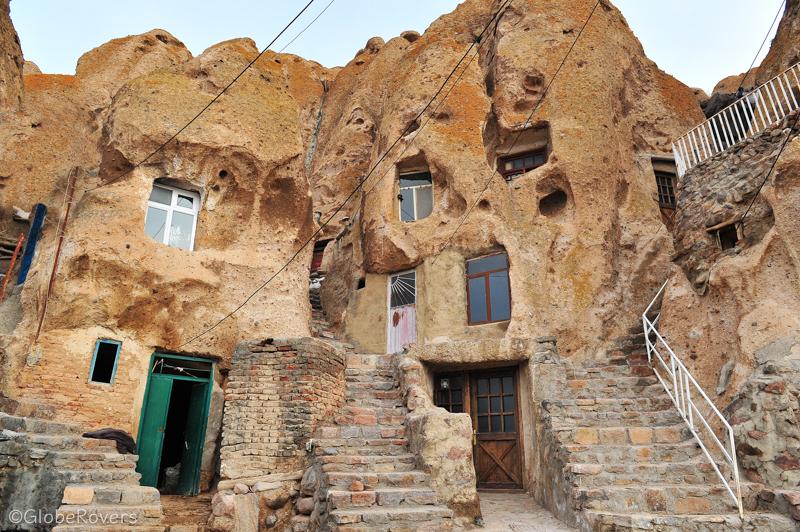
The rock walls of the karaans, up to two metres (6.6 ft) thick, serve as excellent insulation, keeping the interiors cool in summer and warm in winter. They can reach heights of up to 40 metres (131 ft).
Most karaans are two storeys high but can have three or even four storeys. Animals are kept on the lowest floor, while the families live on the upper floors. Depending on the wealth of the owner, the interiors are usually simply furnished and decorated with carpets, cushions and curtains.
Today, about 150 families with a total of about 650 people live in the village. Most of them are Azerbaijan Turks, mainly farmers and animal breeders who also take care of their honey bees and grow medicinal herbs.
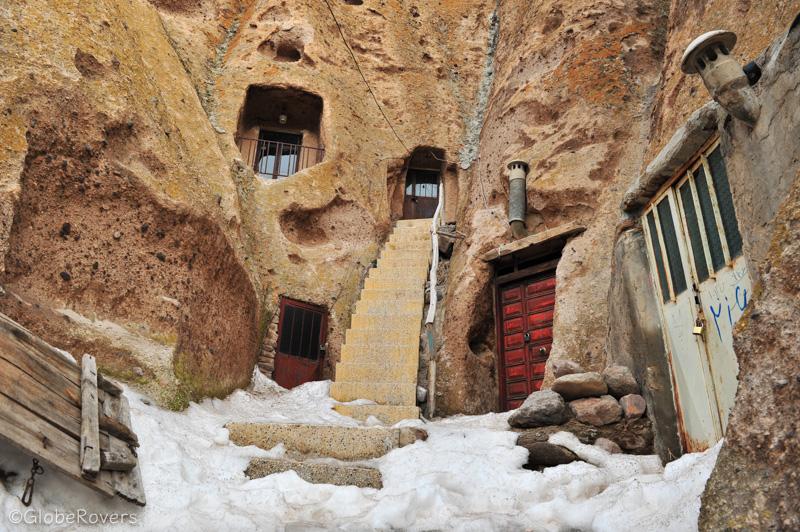
In summer, the lush grasslands of the region attract nomadic tribes in search of green pastures for their animals.
The village has a mosque, a public bath, a school, a mill, and a few souvenir shops and small restaurants. Honey is the most popular souvenir, along with apricots, sour cherries, dried fruits, herbs and spices.
The women of Kandovan are known for their handicrafts, carpets and jajim (square patterned kilims). The mineral-rich spring water found locally is considered a remedy for treating kidney diseases.
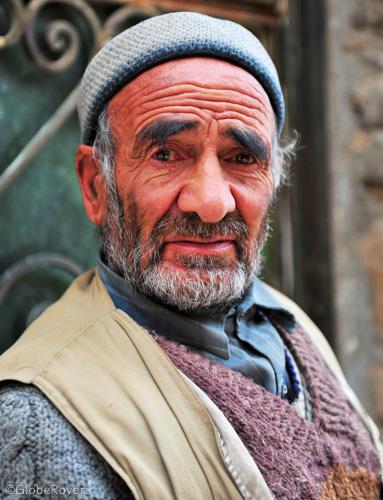
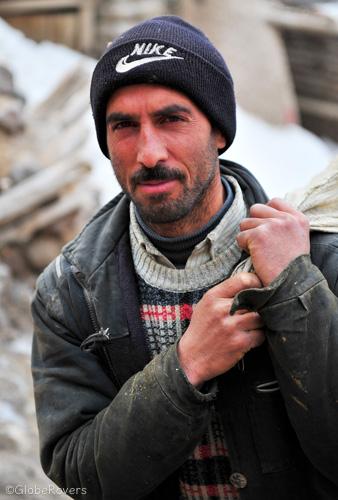
To get a better idea of life in the village, stay at Laleh Kandovan Hotel, which has 16 rooms made of natural stone and gives the feeling of living in a cave.
The village is about 2,200 metres (7,218 ft) above sea level, so winters are snowy and unpleasant. The best time to visit is mid-spring to early autumn. Trains run from Tehran to Tabriz, an interesting city from where it is best to arrange a car and driver to Kandovan. A cheaper option is to catch a bus from Tabriz to Osku, at the halfway point, and from there take a taxi to Kandovan.
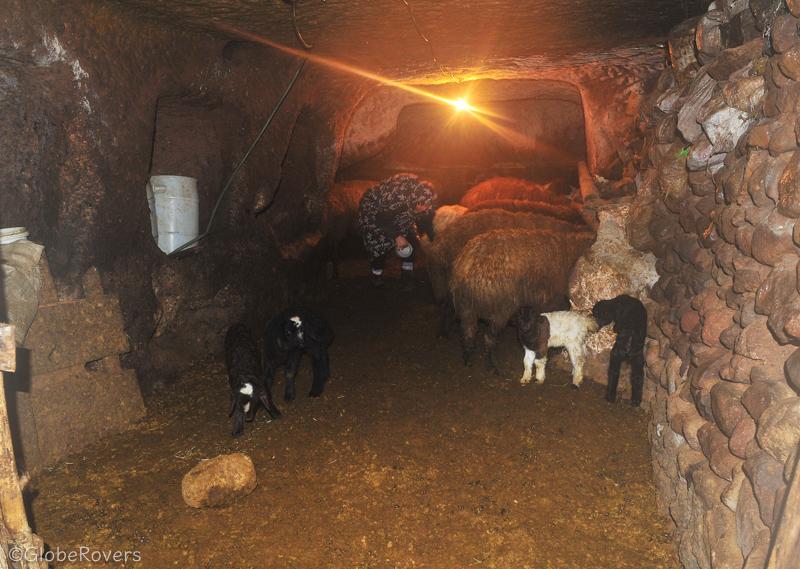
Masouleh Village – Gilan Province
The location layout and architecture of Masouleh are truly unique which has made it one of the most photogenic villages in Iran. Houses have been built to be interconnected so that courtyards and roofs both serve as pedestrian areas similar to streets. Whether enveloped in mist covered in snow or sparkling through the lush-green trees here nature architecture and the community flourish together.
Masouleh (or Māsūleh) is a mountain village in Iran’s north-western Gilan Province just south of the Caspian Sea.
The first village was founded around 1006 AD and was located about six kilometres (3.7 mi) away. Due to constant attacks from neighbouring communities, the inhabitants moved to the present location. The architecture of the present-day village originated in the Zand Dynasty during the late 18th century, when the village flourished along the old Silk Route as a commercial hub with trade revolving around the local iron industry.
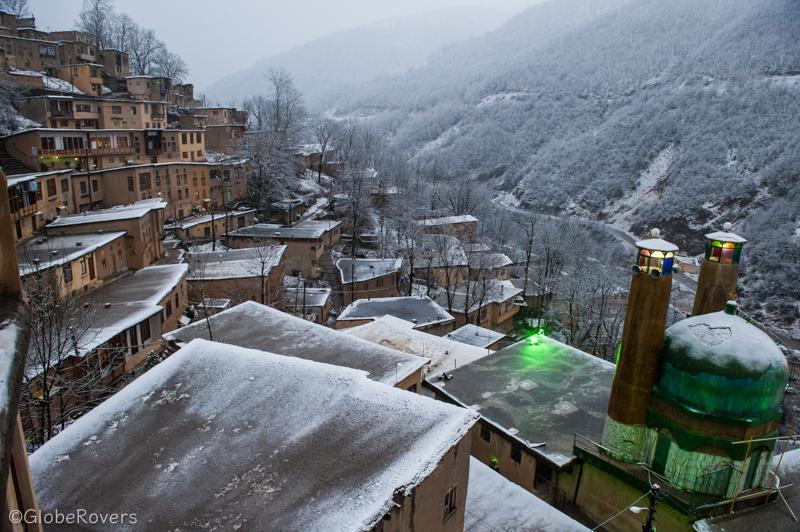
The roof of one house is the road for the one above – but no vehicles are allowed in this mountain village.
Masouleh is situated in the Alborz Mountains amidst the lush Hyrcanian Forest high above the southern coast of the Caspian Sea, and enjoys pleasant summers and snowy winters. It sits at over 1,000 metres (3,280 ft) above the Caspian Sea, so in mid-winter snowfalls can be heavy and the road up the mountain sometimes closed. Due to its high altitude and proximity to the Caspian Sea, it is often shrouded in fog.
Masouleh is spread over an elevation of about 120 metres (394 ft), with main attractions including its location on the slopes of the mountain, the ingenious layout of the village and the traditional architecture of the houses.

What makes this settlement unique is that the roofs of the houses on the lower tiers are used as courtyards for the houses on the tiers immediately above, so that both the courtyards and interconnected roofs serve as walkways and common pedestrian areas.
Masouleh’s creative use of public space means that there are no marked boundaries, so all the rooftops function as courtyards, playgrounds, and public thoroughfares for the inhabitants on the level above. Narrow staircases and winding alleys link the terraces together, making the whole village an interconnected, multi-level public space shared by the villagers. The entire locality is closed to any type of motor vehicle.
The houses consist of a “winter floor” and a “summer floor”. The winter floor has a small, undecorated room with a stove used for cooking and heating. The summer floor has large wooden and upholstered windows decorated with beautiful, intricate patterns and porcelain knots.
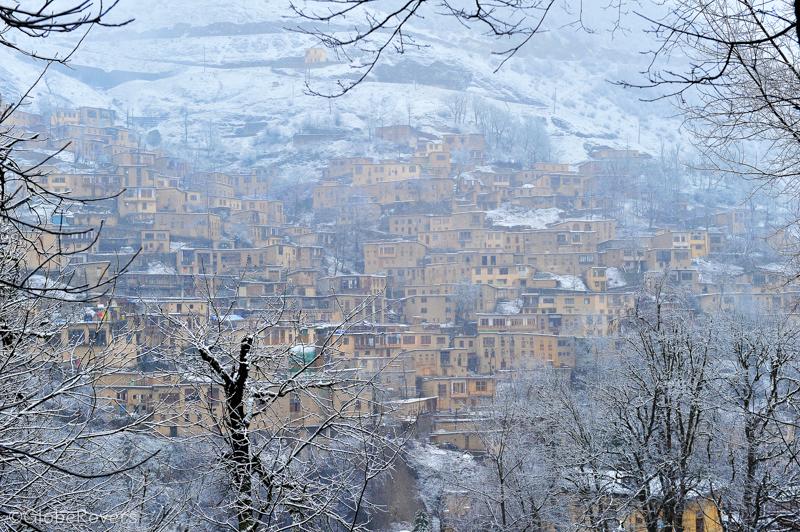
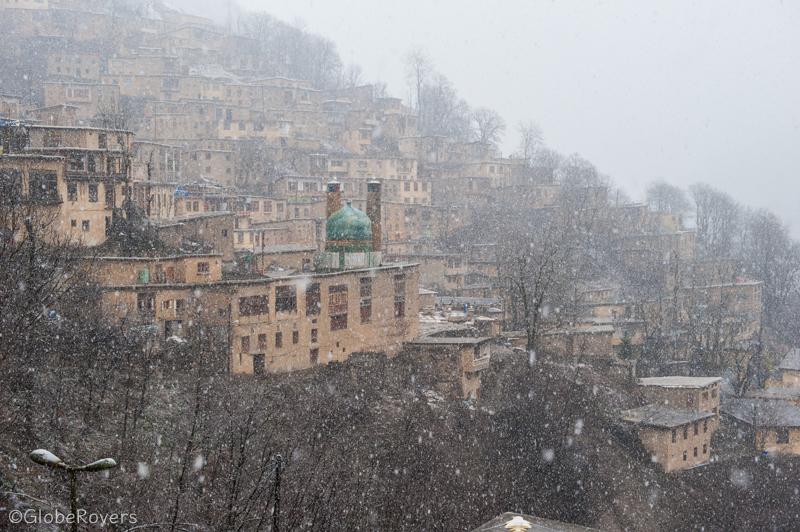
The unique architecture and beautiful mountain location, nestled in dense forests with the Rood Khan river meandering along the foot of the village, make Masouleh very popular with visitors, especially photographers, for whom it is a paradise.
The village also has many tea houses and restaurants serving traditional dishes. The locals are famous for their colourful and attractive knitwear such as woollen socks and small dolls.
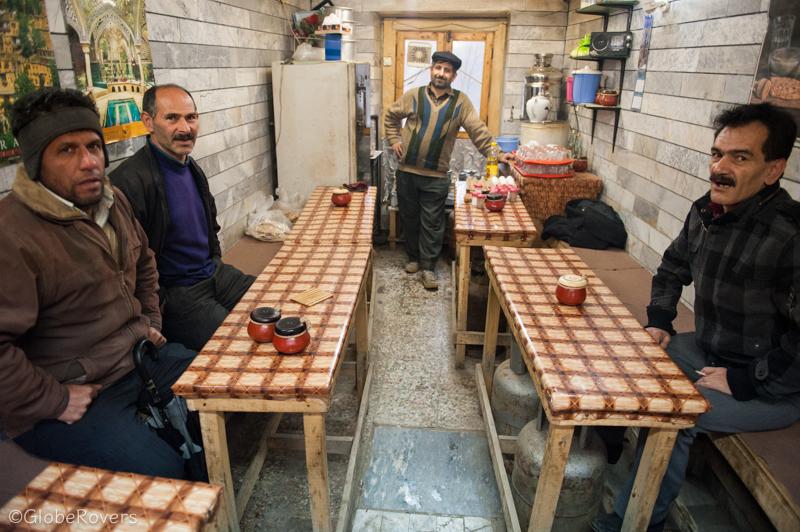
Other attractions include the bazaar and the Museum of Anthropology, as well as a forest park and nearby waterfall.
Masouleh has a few small guesthouses, though a couple of families rent out rooms, providing a more atmospheric and authentic way to spend the night.
The best time to visit is late spring to late autumn, or even early winter when a light dusting of snow gives the village a “fairy tale” look.
Daily buses depart from Tehran in the south and Tabriz in the north to Rasht. From there, take a minivan or savari (shared taxi) to Fuman, then either a savari or private taxi to Masouleh.
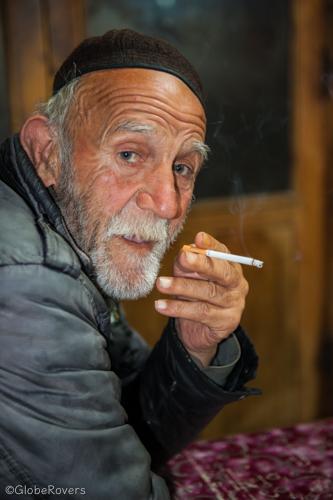
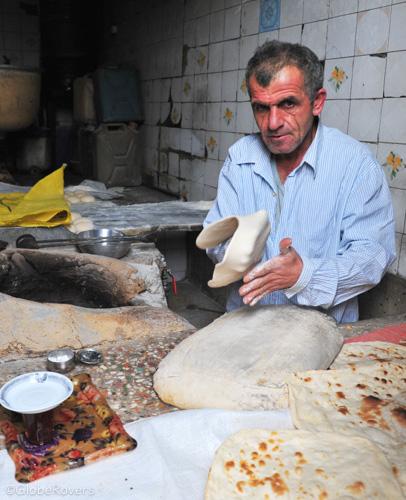
Garmeh Village – Isfahan Province
Garmeh is an oasis village blessed with a natural spring that flows out of the nearby mountains. The oasis is surrounded by an abundance of lush date palms and several mud houses spread out from the springs towards the vast desert that stretches into the far distance. Stay in the cosy and authentic Ateshooni Guesthouse from where you can explore the desert salt lakes and salt rivers.
The tiny oasis village of Garmeh is located on the edge of the Dasht-e Kavir desert in Isfahan Province in central Iran.
While human settlement around this natural spring dates back more than 4,000 years, in more recent times Garmeh was an important stopover for many traders on the Silk Road, the main trade route between China and Europe.
The village is undoubtedly rich in history, which becomes clear as you stroll past the old mud buildings, arches and alleyways.
This is truly an authentic oasis village, almost hidden among the palm trees and surrounded by a vast desert. Sit by the spring in the shade of the tall date palms in complete silence and watch an animal drinking, or locals fetching water.
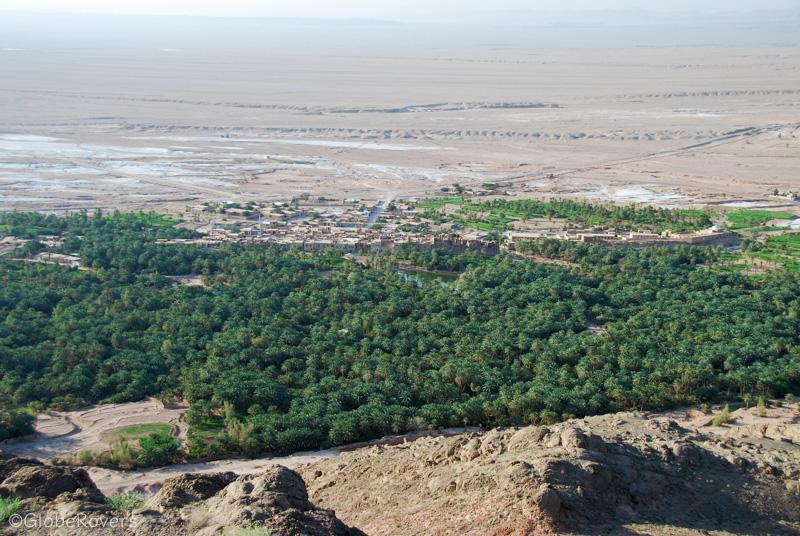
An oasis with mud-brick houses, date palms and camels surrounded by the desert and salt lakes.
Hidden among the lush palms are the mud ruins of the old settlement, as well as the relatively new area where the locals live in adobe houses. The population consists of about 240 people living in 69 families, most of whom speak Garmei, the old dialect of the region.

Visit Garmeh and stay in a traditional house to enjoy the local hospitality and visit several nearby attractions in and around the desert.
Ateshooni is the only guesthouse in Garmeh. Its name means “night gathering around the fire” in the Garmei language. Located in a 300-year-old house built in traditional desert style, it is tastefully decorated with local handicrafts and comfortable cushions on the floor. Despite the hot summers, the rooms are pleasantly cool.
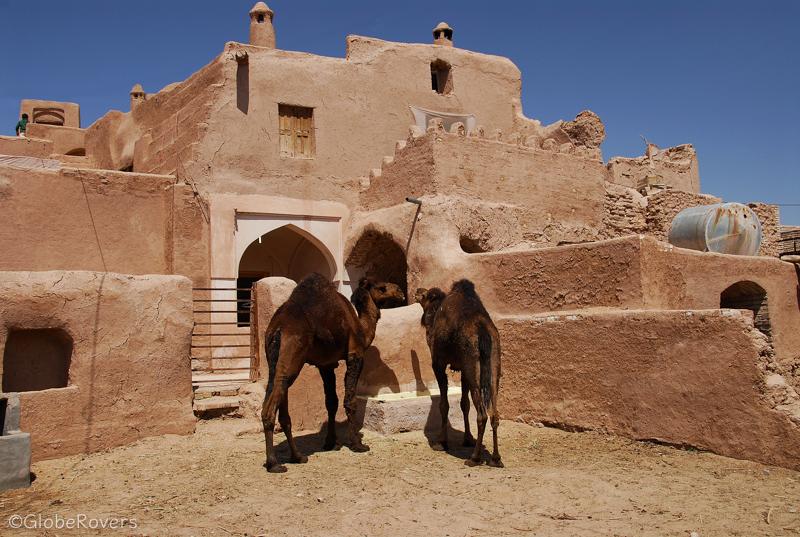
Ateshooni was first opened 17 years ago by Maziar Aledavood and his wife. Maziar grew up in Garmeh and after spending several years in Tehran teaching pottery, he returned to open the guesthouse for travellers from Iran and around the world.
In front of the house are a couple of friendly camels surrounded by eye-level mud walls, which are rented out for pleasure rides through the village.
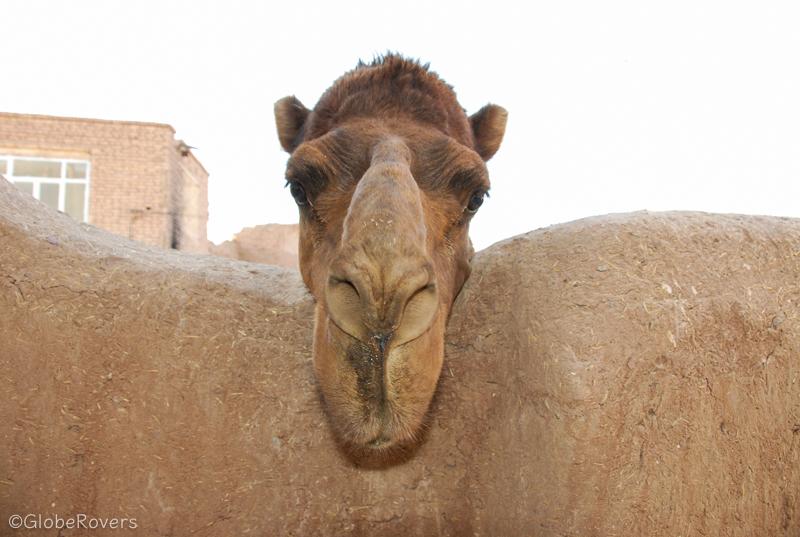
Next to the guesthouse is the Sassanid Citadel, an old abandoned castle and fortress that dates back to the Sassanid Empire period (224 to 651 AD).
From the citadel, it is an easy hike up the hill behind Garmeh for great views of the village and the surrounding desert.

Excursions can be arranged with Maziar who is often also the guide. As well as visiting the nearby villages, caravanserais and fortresses, the dry salt lakes and huge dunes are among the highlights. Along the way are wild camels and miles of desert. Garmeh is also a short drive to the Mesr Desert and a mesmerising salt lake where night camping is possible.
After enjoying the desert sunset and local cuisine for dinner, you may be entertained by Maziar and his didgeridoo while sipping tea and nibbling sweet dates under a million stars.

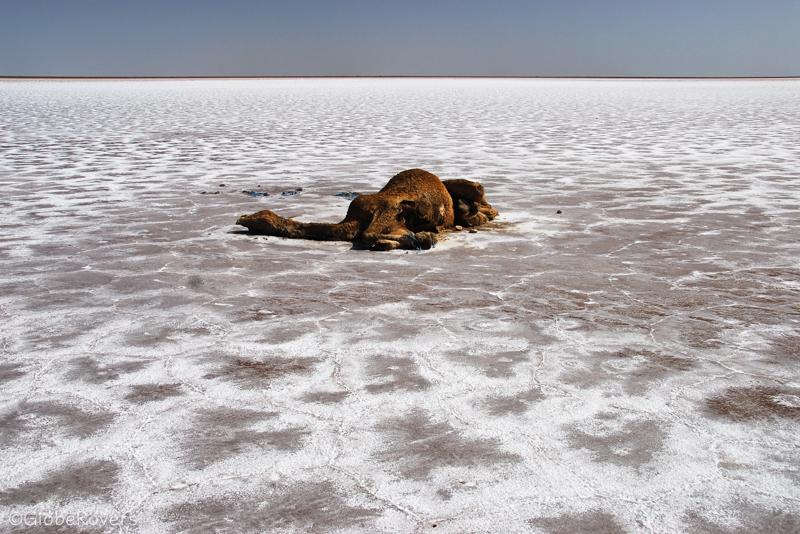
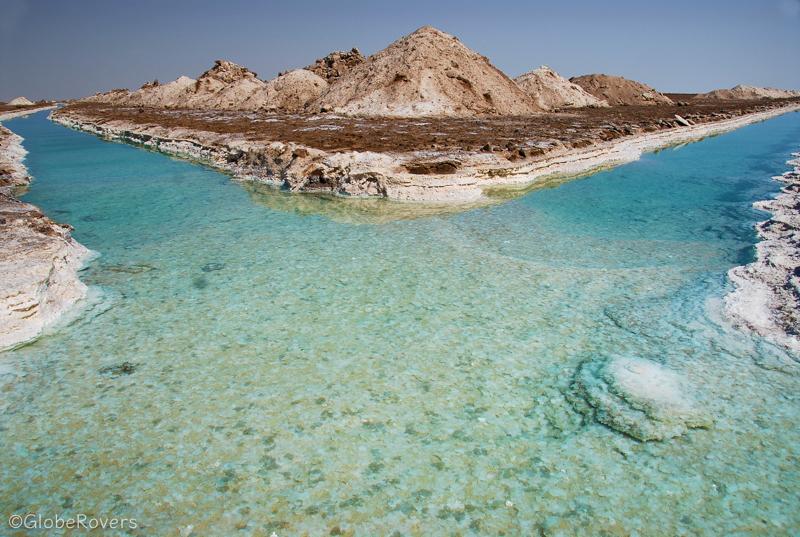
Garmeh can be visited all year round, but avoid the summer which is very hot in the desert.
Getting here is an adventure, especially by public transport, which consists of a long bus ride from either Tehran, Isfahan or Yazd to the town of Khur, from where a shared or private taxi covers the 32 kilometres (20 mi) to Garmeh.
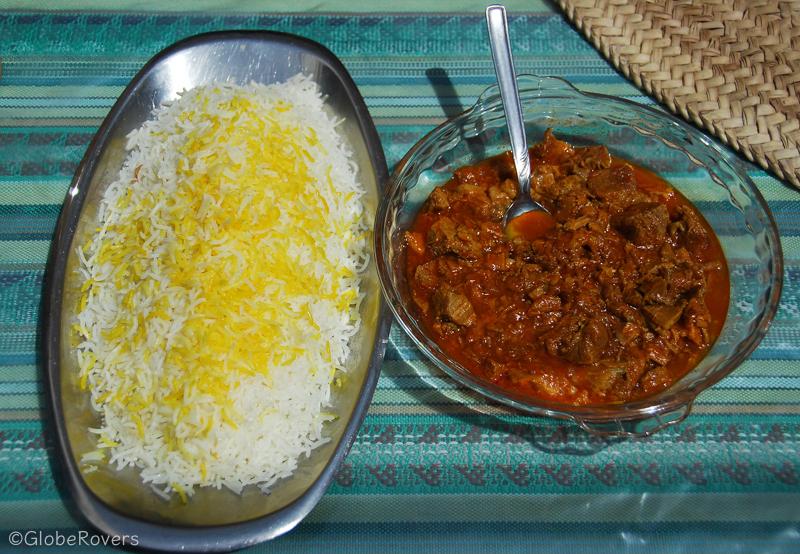
Abyaneh Village – Isfahan Province
Abyaneh is a historic village at the foot of the Karkas mountains in central Iran. Its tightly packed multi-storey red mud-brick houses are arranged in steps down the hill so that the roof of each house is the courtyard of the house above similar to Masouleh in north-western Iran. The culture of the village has been largely preserved with the few hundred residents still wearing traditional clothing.
Abyaneh lies at the foot of the spectacular Karkas Mountains in Natanz County of Iran’s Isfahan Province.
The village has a rich history dating back to the Sassanid Empire (224 to 651 AD), although its golden age was during the Safavid dynasty (1501 to 1736), so many facades date from that period.
The dilapidated remains of a Sassanid-era fortress can still be seen on the hills above. The oldest building in the village is the Harpak Zoroastrian Fire Temple, built during the Achaemenid period (550-330 BC).
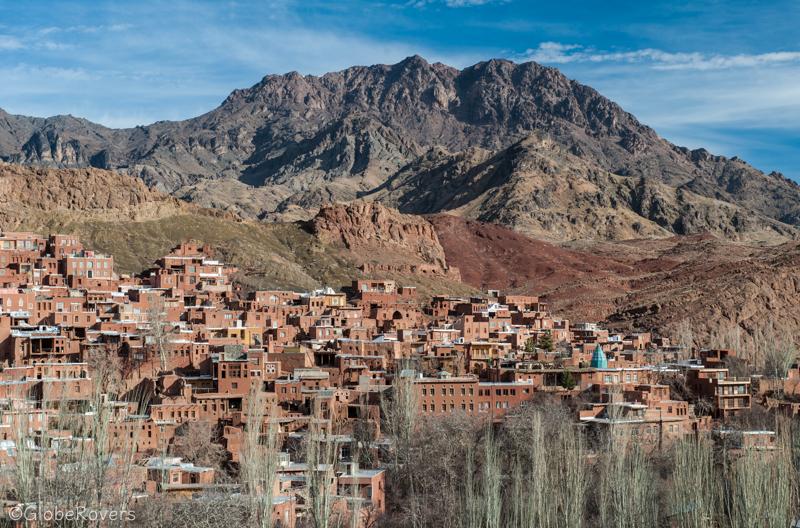
Safavid-style houses built of red clay, adobe, mud-brick and wood.
Another fortress, the 200-year-old Palahamoona (Takht-e-Haman), is located on a hill to the south-west of the settlement, across the Barzrud River.
Abyaneh is an iconic destination with its distinctive red hues and stepped layout of traditional multi-storey houses.
Similar to the village of Masouleh in north-western Iran, the terraced arrangement down the slope of the hill means that the roof of the lower house is also the courtyard for the house above.
Most of these adobe houses have two or three floors built with mud bricks, while straw and timber were used for the roofs.
Another prominent feature of most of the houses is their protruding wooden balconies that overlook the steep, narrow alleyways. Unfortunately, many of the houses are badly in need of renovation and some balconies seem to cling precariously to the walls.

Wooden lattice windows of varying sizes, with their small, diamond-shaped glass panes arranged in a frame of narrow metal strips, give each house a distinctive look. Many wooden window panes are carved with exquisite geometric patterns and floral motifs.
One of the most striking features of many houses is the main entrance door, adorned with beautiful carvings containing Quranic verses or poems, and sometimes even including the names of the owners and the stonemason.
An unusual feature of the entrance doors is a pair of male and female door knockers. An elongated knocker is for male visitors, while a round knocker is exclusively for female visitors. These knockers make distinct sounds, so a male occupant will answer the door if the caller is male and vice versa. If a man knocks on the door and there is no man in the house to answer, the female resident can cover herself with her hijab before opening the door.
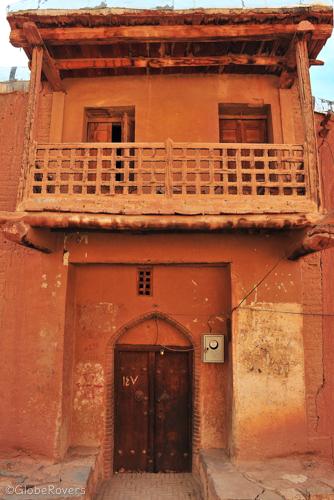
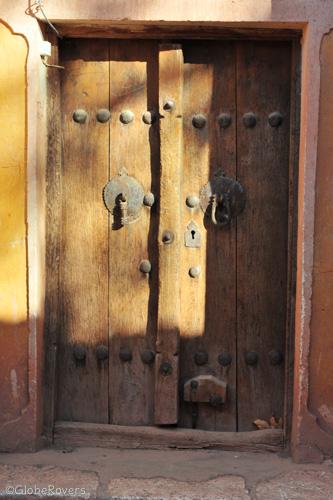
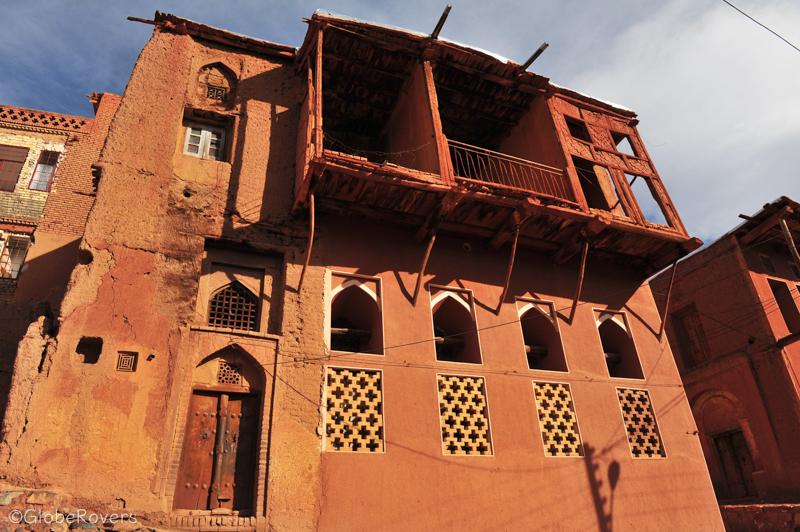
Abyaneh is also popular with visitors because its culture has been largely preserved over the years. The residents, about 305 people living in about 160 families, most of whom are elderly, still wear their distinctive traditional clothes.
It is said that no matter how educated a person from Abyaneh may be, he or she will still put on traditional Abyaneh clothing when returning to the village from elsewhere in Iran.
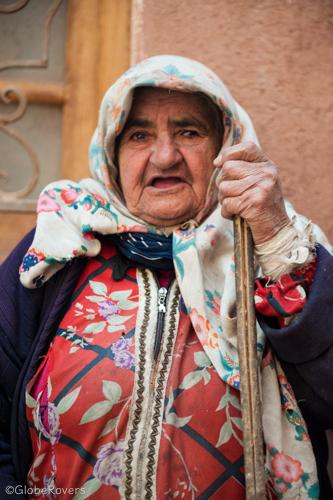
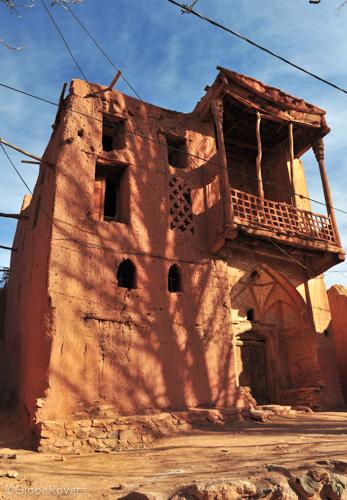
Besides the fortresses and fire temple, don’t miss the impressive Jame Mosque, Anthropology Museum, and Zeyaratgah Shrine with its large decorative pool and veranda.
Abyaneh is about 2,225 metres (7,300 ft) above sea level, so winters are cold. The best time to visit is in spring and autumn. The village is best reached either from Kashan in the north or from Isfahan further south. A private car with a driver is most convenient as public transport is limited.
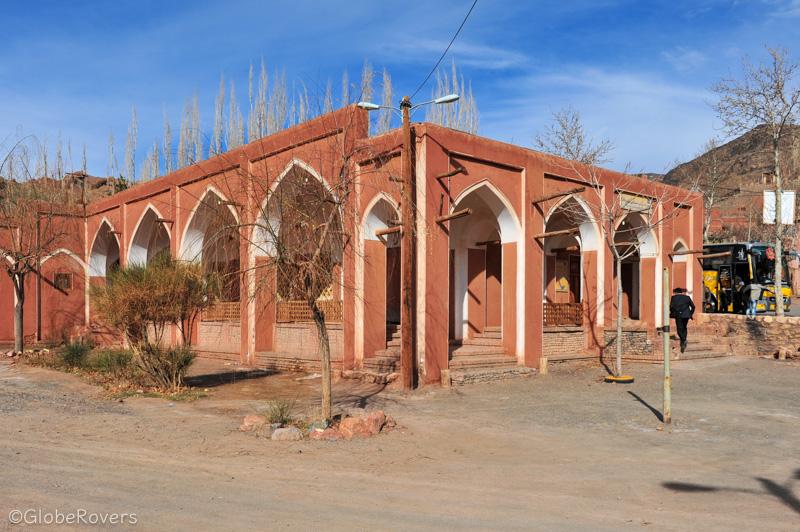
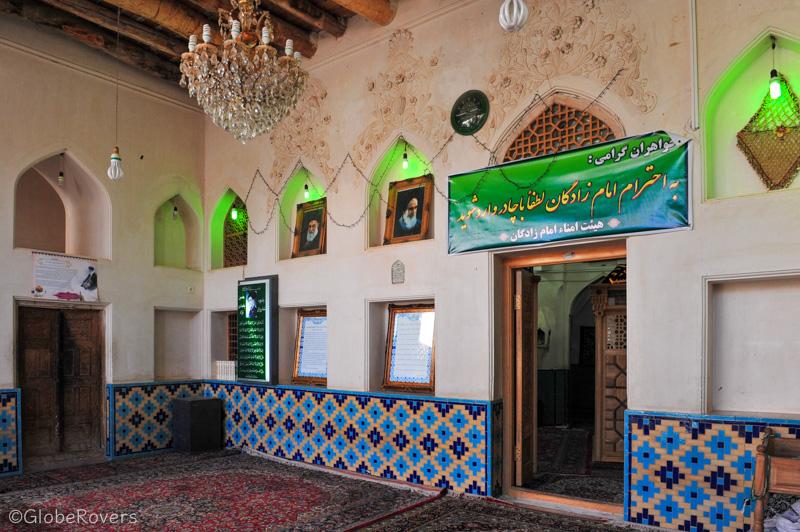

Kharanaq Village – Yazd Province
North of the city of Yazd in central Iran lies the mud-brick village of Kharanaq in a remote valley surrounded by mountains. The dilapidated adobe buildings are mostly abandoned and crumbling. The old quarter offers a labyrinth of alleys tunnels and dwellings as well as a mosque with minarets an aqueduct and an old caravanserai that centuries ago welcomed merchants and pilgrims travelling the Silk Road.
Kharanaq, meaning “birthplace of the sun”, is a village in Ardakan County, Yazd Province in central Iran.
While the site has been continuously inhabited for about 4,000 years, most of the present buildings were constructed between the 14th and 15th centuries.
Perched on a low hill overlooking a dry rocky valley, the ancient inhabitants defended themselves against enemy attacks from a fortified position on the hill.
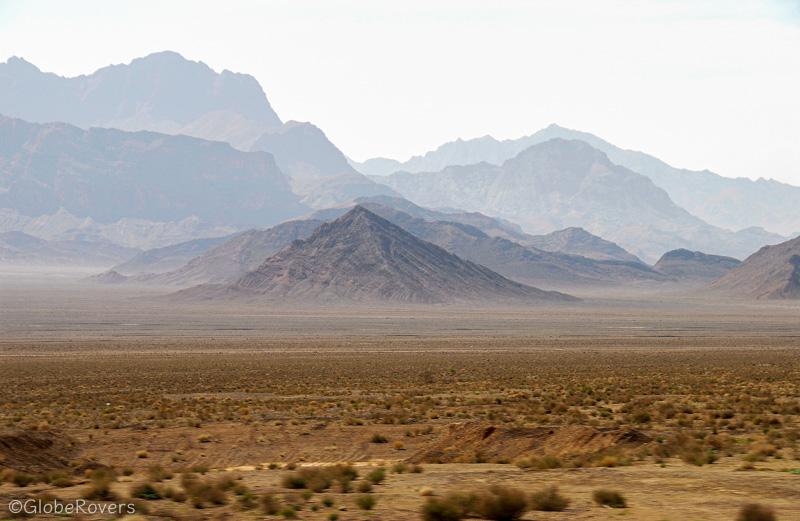
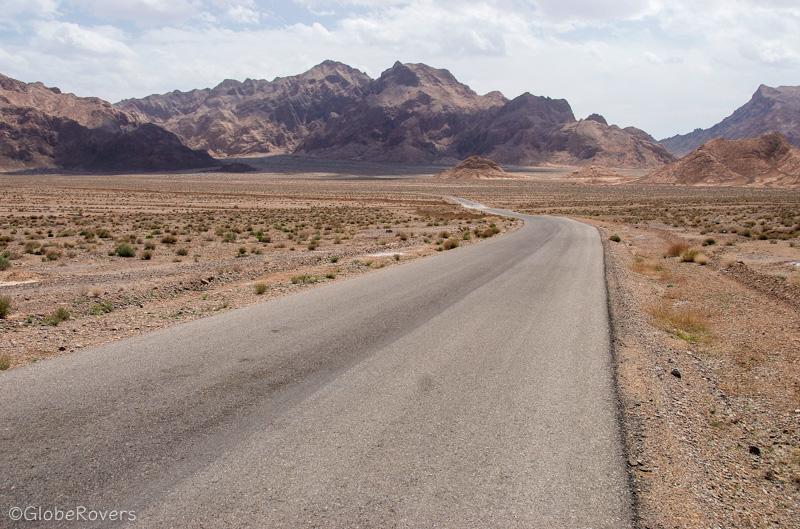
This partially abandoned mud village has grandiose arches and domes.
This once-thriving community on the edge of the desert now lies almost abandoned. Previously majestic buildings with grandiose arches and domes are slowly crumbling to dust under the timeless gaze of the mountains.
Step closer, however, and you’ll find there is still life, as some residents cling to the past. I found several elderly men sitting in a shady spot in a courtyard sipping tea, while a few children ran down the deserted alleys in search of their hiding friends.
The village was constructed with mud bricks and is now one of the largest remaining collections of adobe buildings in Iran.
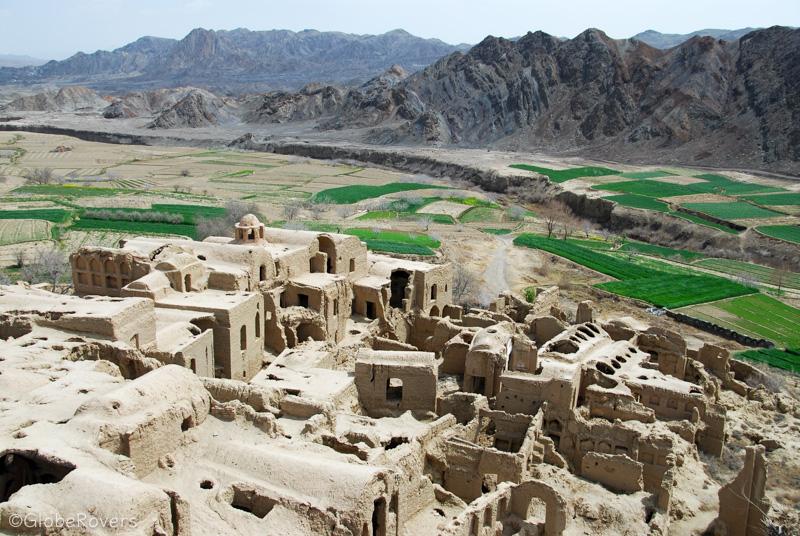
Once a prosperous farming village, most residents left in the 1960s in search of greener pastures when the water in the area dried up. However, some families decided to stay, so today there are still a few people living among the ruins, making it an interesting place to visit.
In recent years, about 130 families have been resettled in a new village a few hundred metres from the original, with the help of government-provided water and electricity.
The old, walled citadel consists of multi-storey buildings connected by a labyrinth of narrow alleys, ground-level dark tunnels and dusty rooftop walkways.

Crumbling staircases lead to the upper floors and roofs within the multi-storey buildings, though it is too risky to explore.
The ground level spaces were shelters for sheep or other livestock, while families lived on the upper floors.
There are still some magnificent buildings amidst the ruins, some of which are still in use and well-maintained. The Qajar-era mosque (1789-1925) has been fully restored and stands with a 15-metre-high (49 ft) minaret, known as the “Shaking Minaret of Kharanaq”. Inside the minaret is a narrow spiral staircase made entirely of clay, which should not be climbed by overweight or claustrophobic people. However, once you reach the top, you can move carefully to shake the minaret. It is believed that the minaret is often seen shaking and vibrating on its own, however, the cause of this phenomenon remains unexplained.
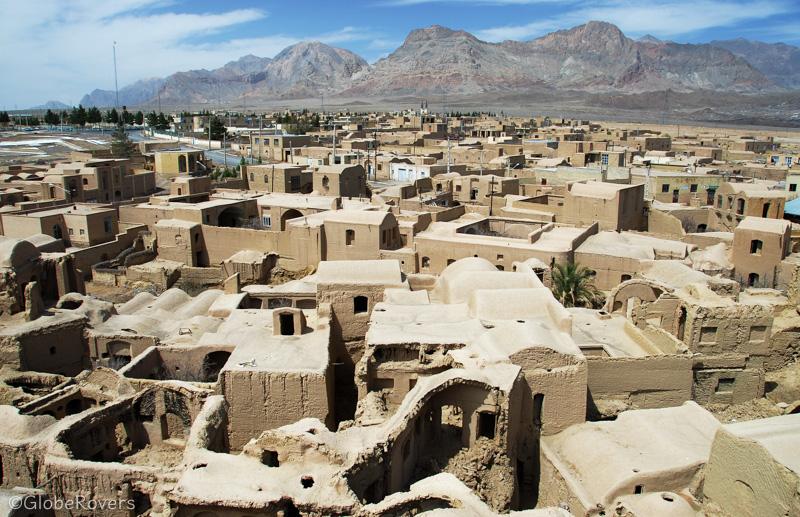
Other highlights include a blue-domed mosque, an old castle, and a well-preserved 40-metre-long (131 ft) aqueduct, originally built to irrigate the surrounding fields but which also served as a bridge over the river.
On the outskirts of the old village is a renovated 17th century caravanserai, a traditional roadside inn where merchant caravans stayed overnight.
The Chak Chak Fire Temple, one of Iran’s most famous Zoroastrian temples, is 30 kilometres (19 mi) to the west.
Kharanaq is a year-round destination and is an hour’s drive north-east of Yazd. Public transportation is limited, so it is best to rent a car with a driver for a day trip.
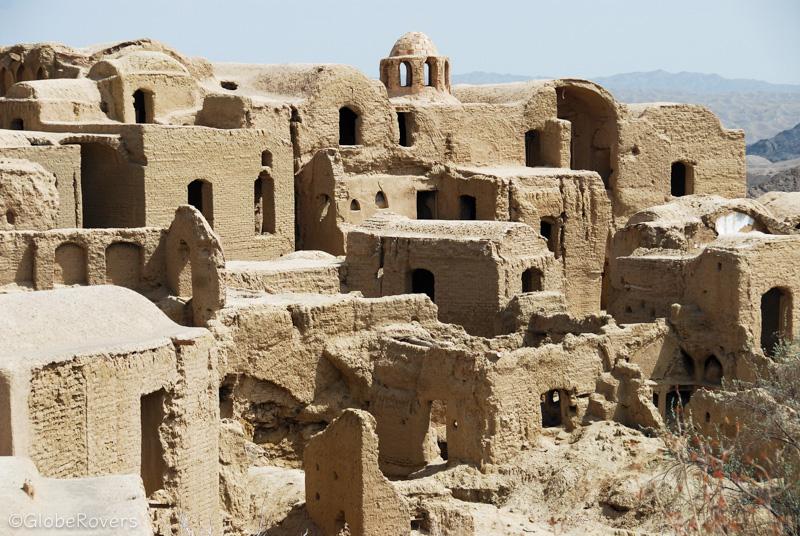
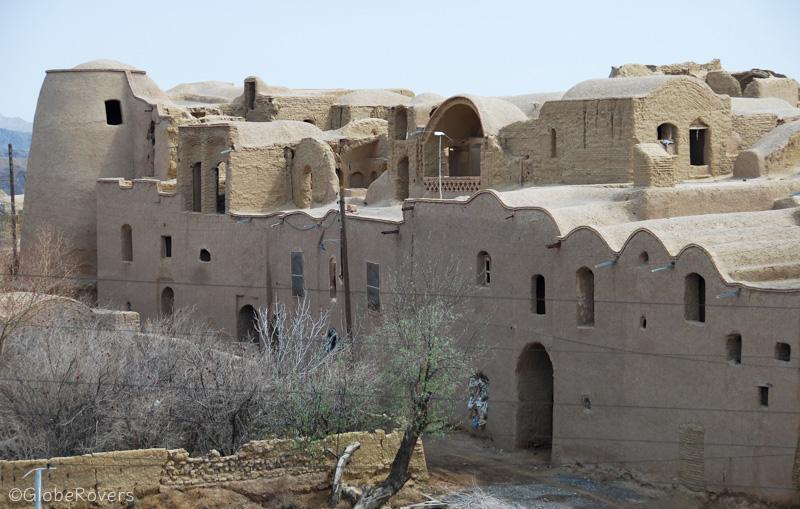
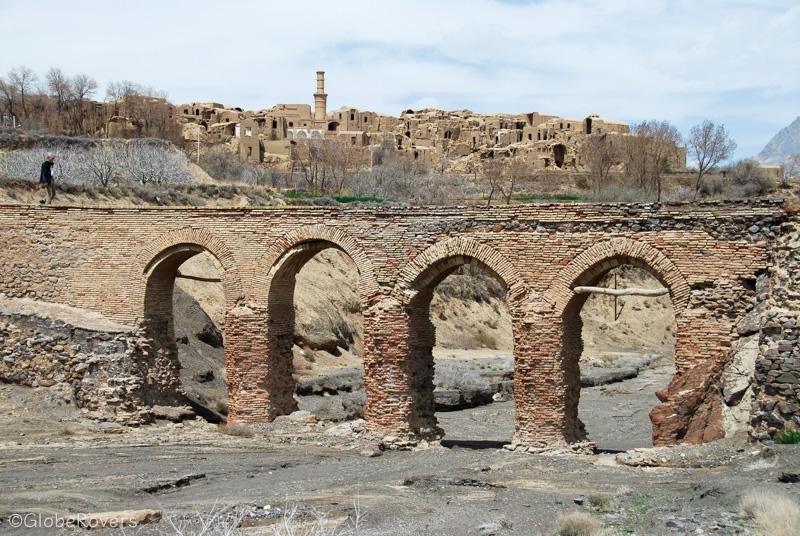
☛ Read more: All posts of Iran

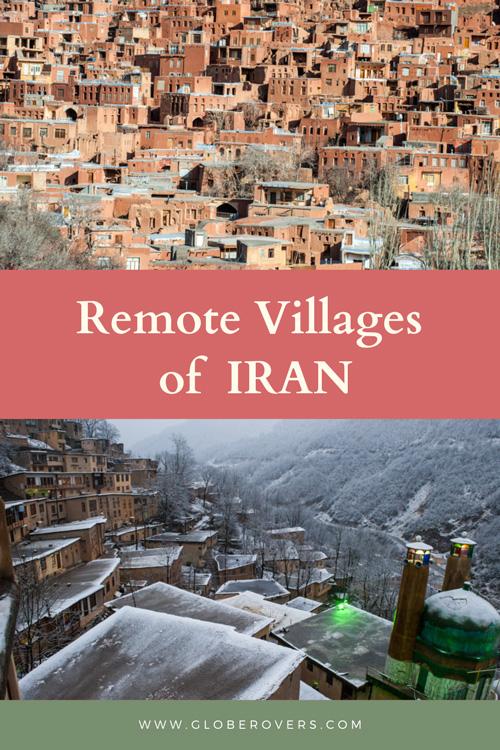

Blog post and photos by Peter who has been travelling almost full-time since 2005 and has been to over 122 countries. He visited several countries, such as Japan, more than 20 times. Peter is Editor-in-Chief and Publisher of GlobeRovers Magazine, an independent travel magazine focused on intrepid destinations.
